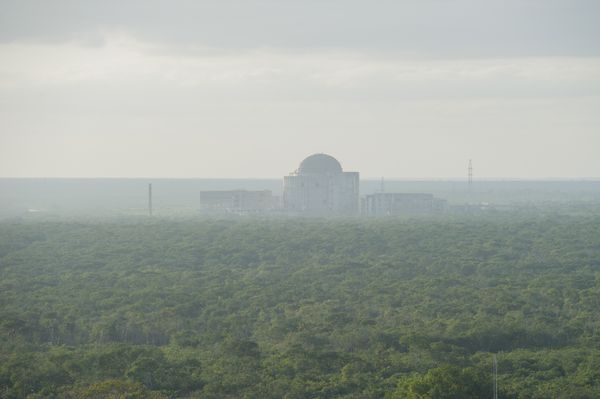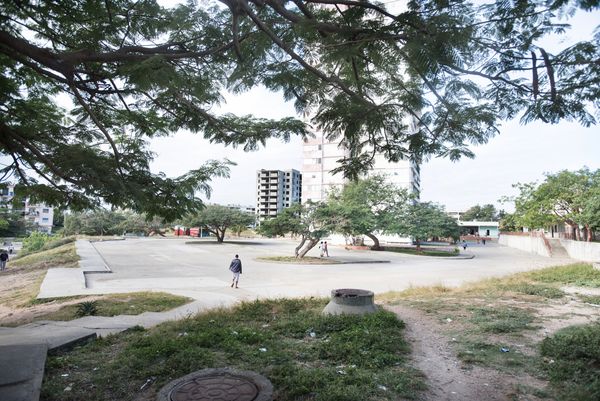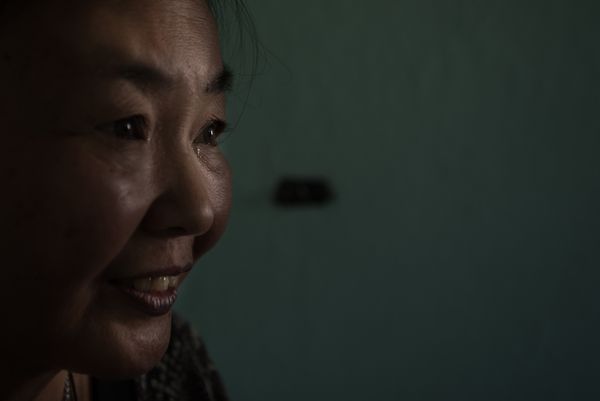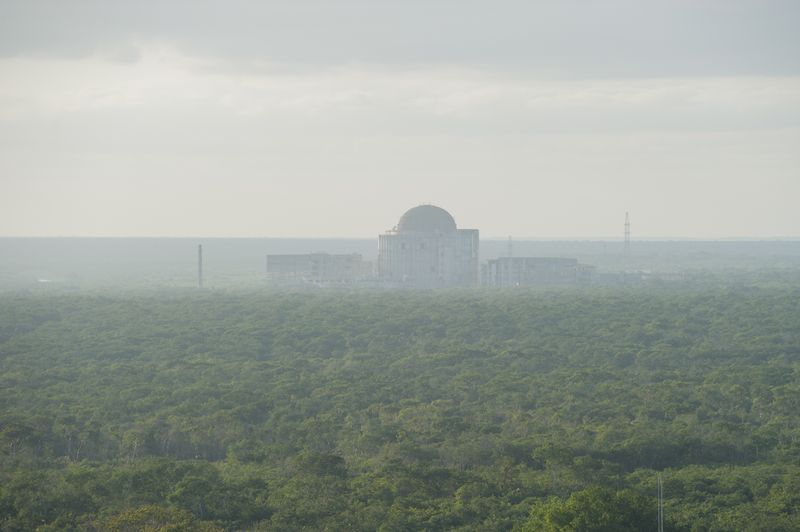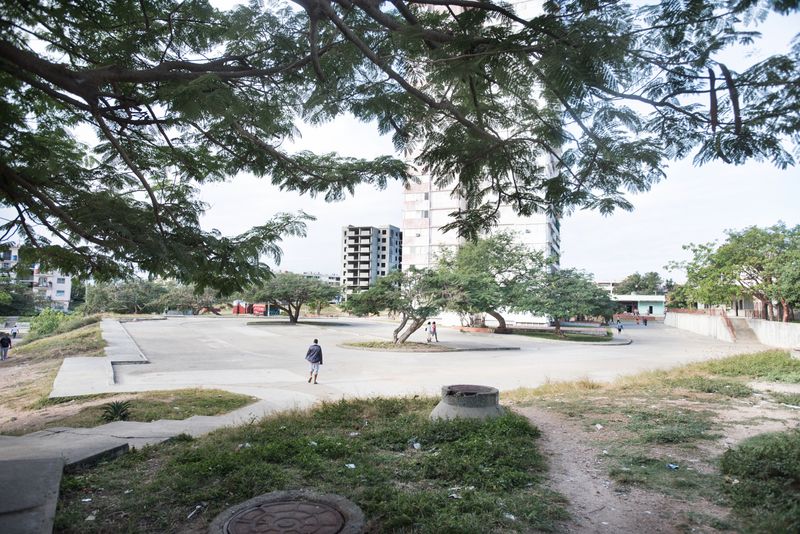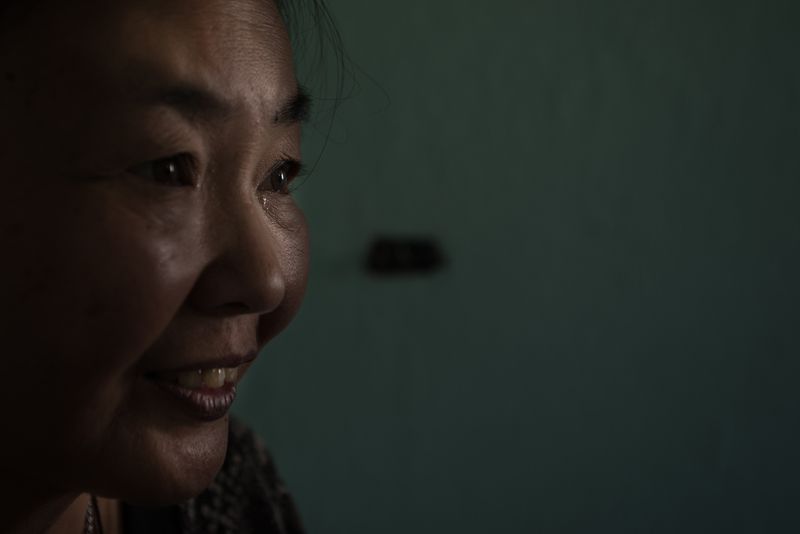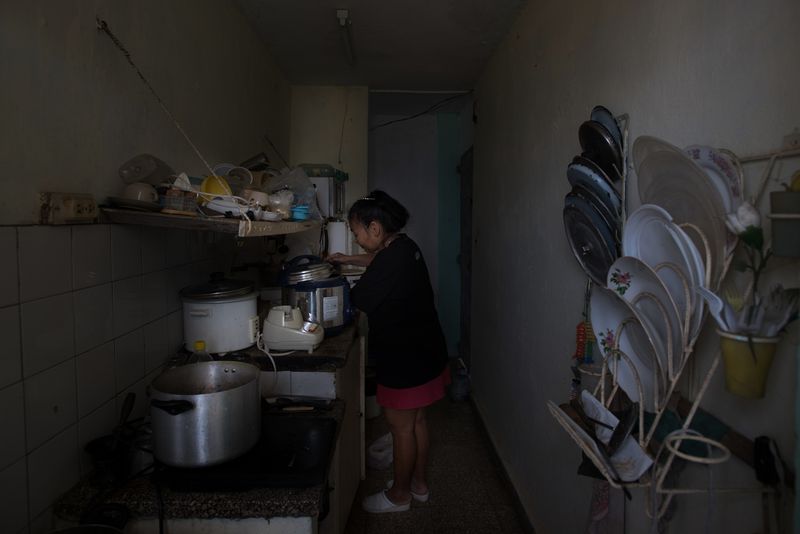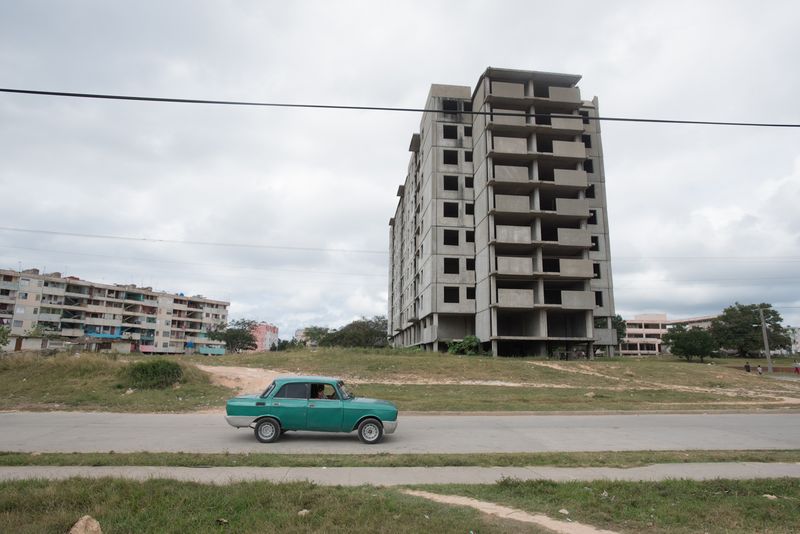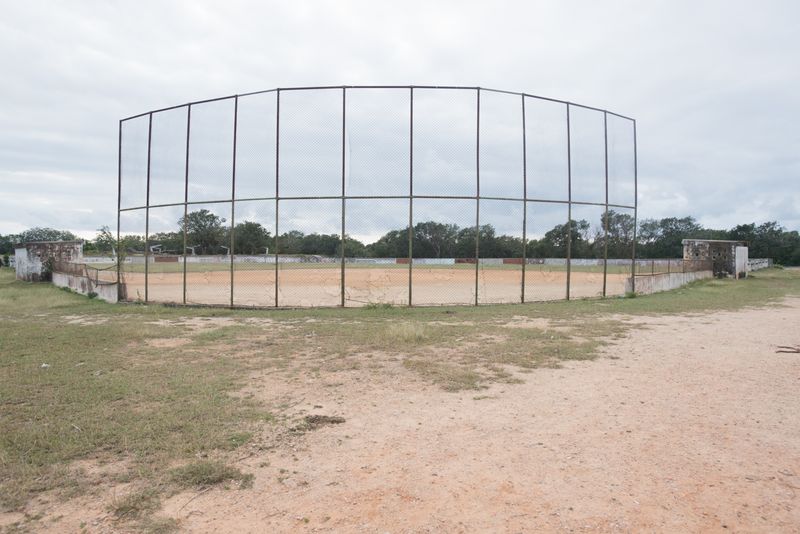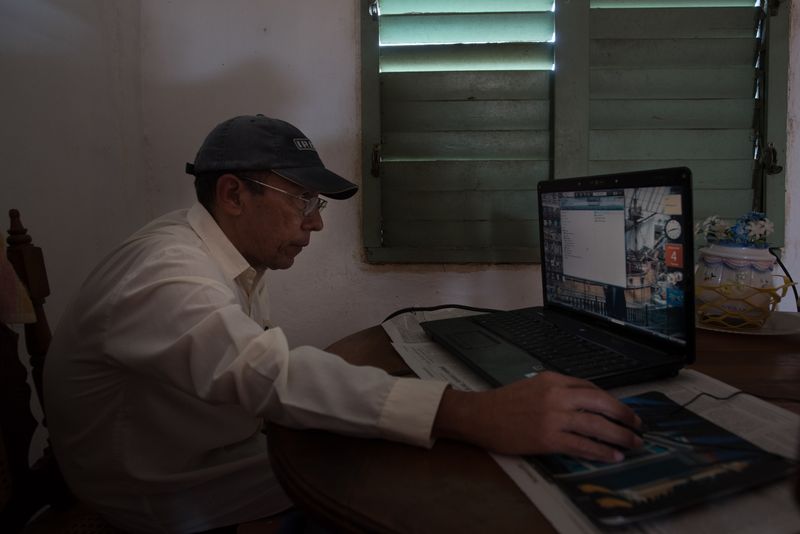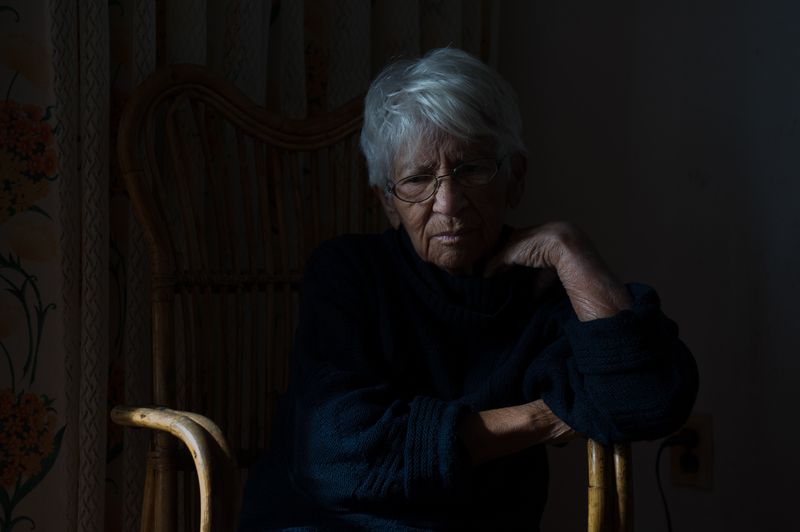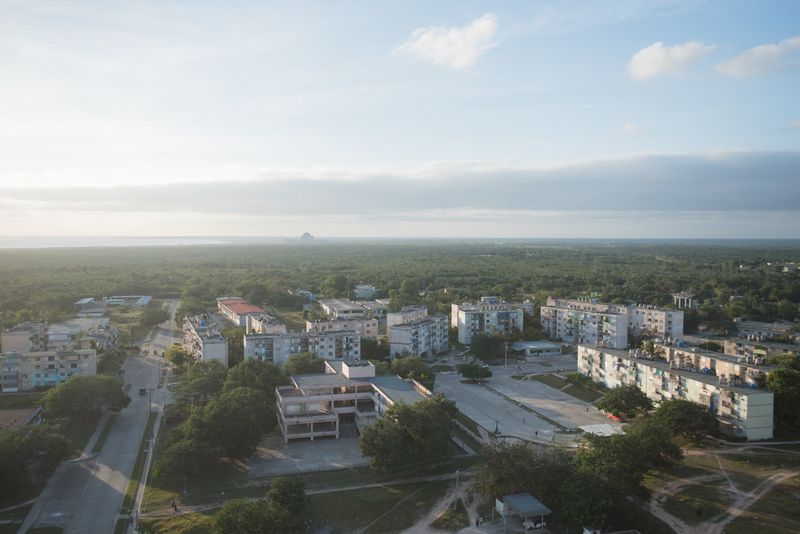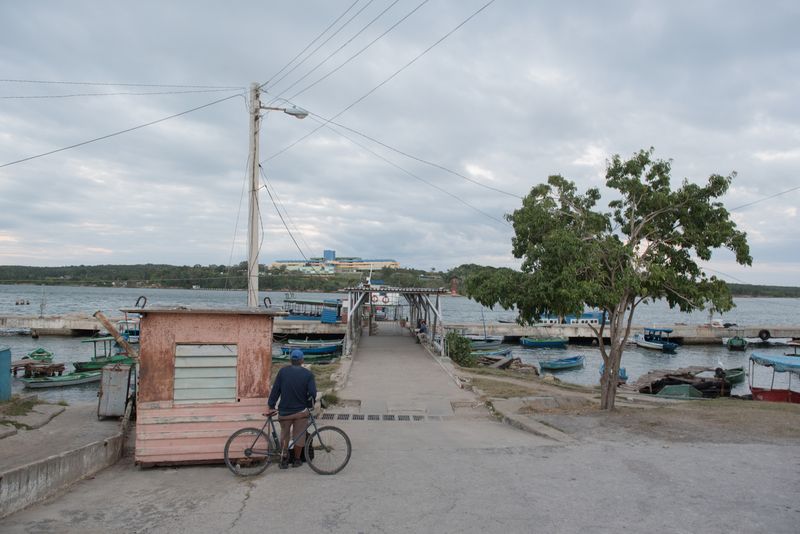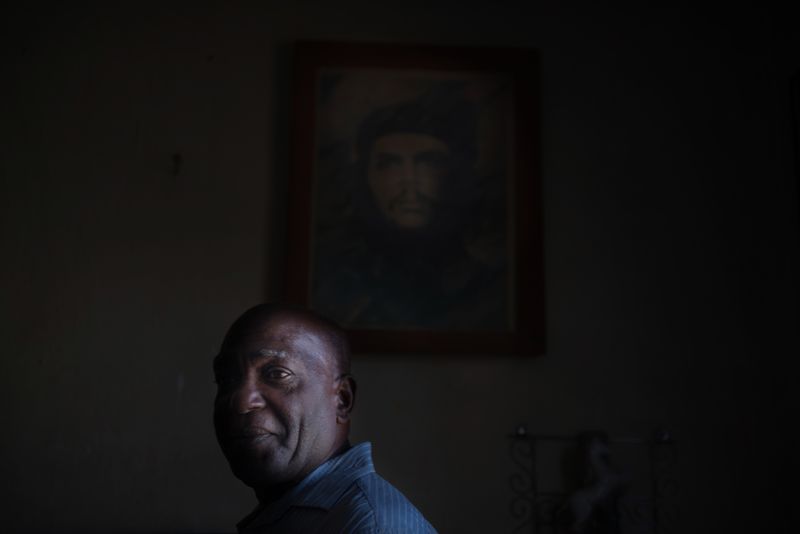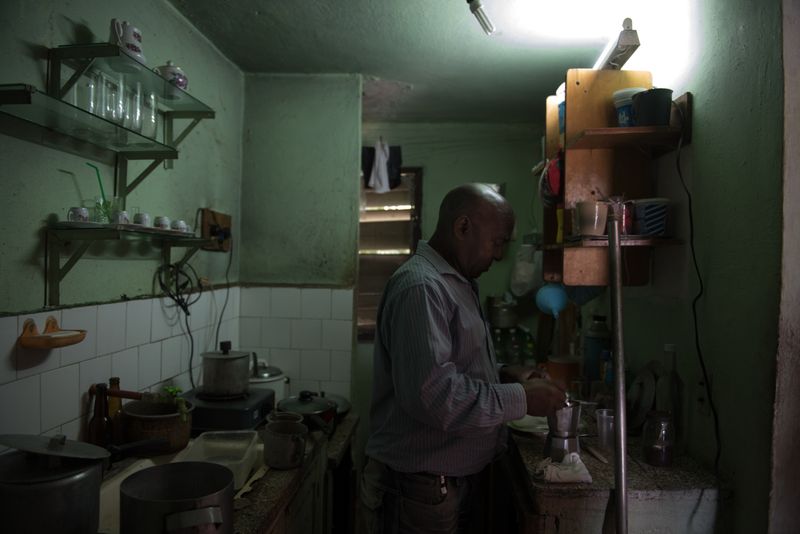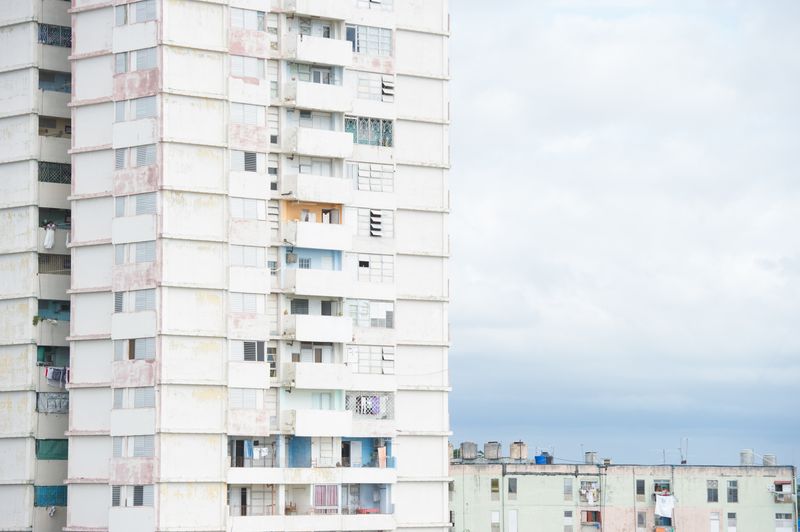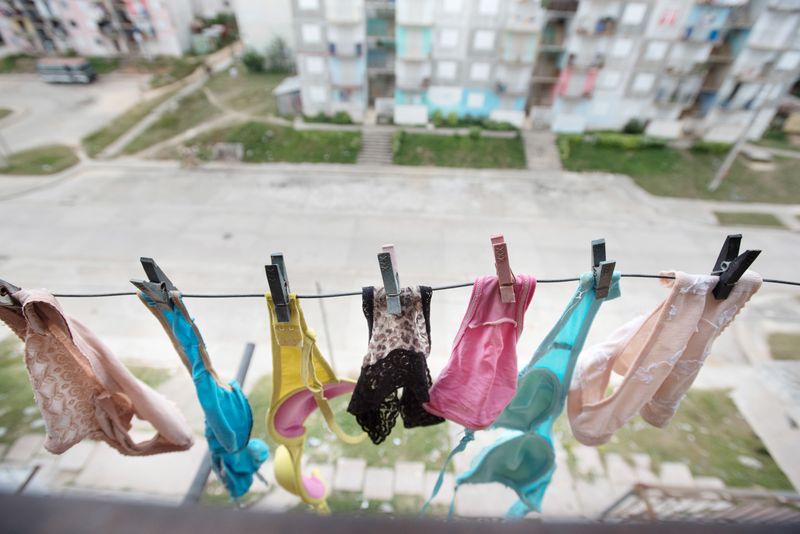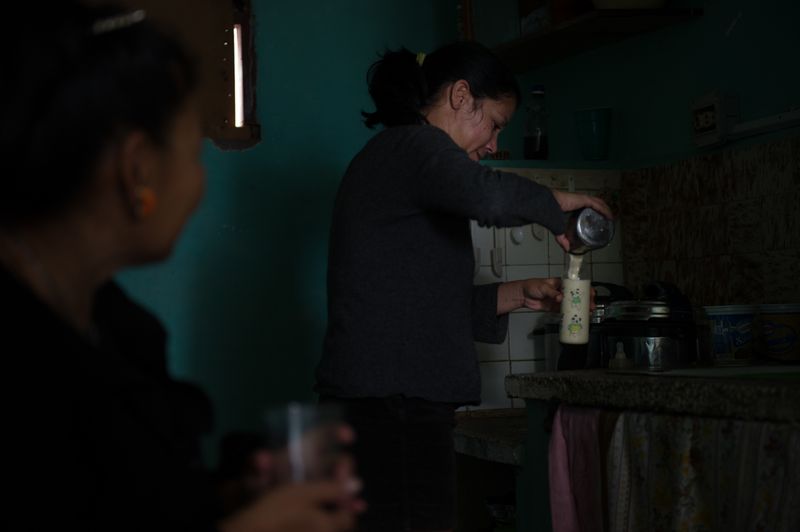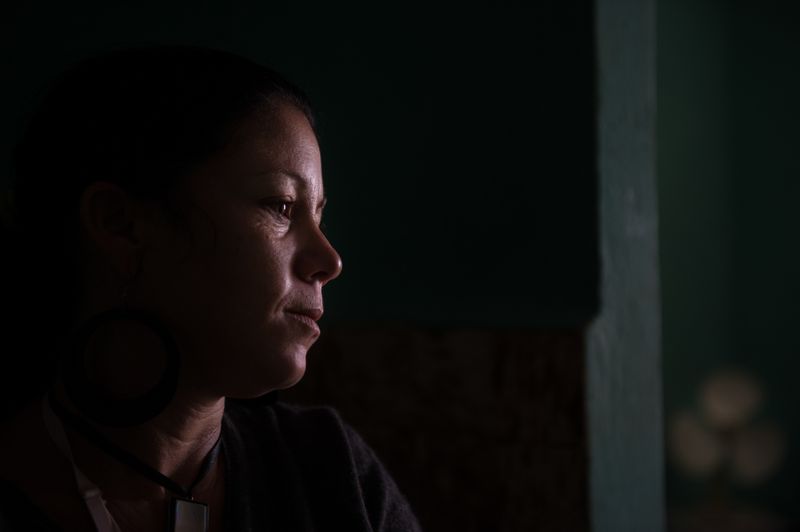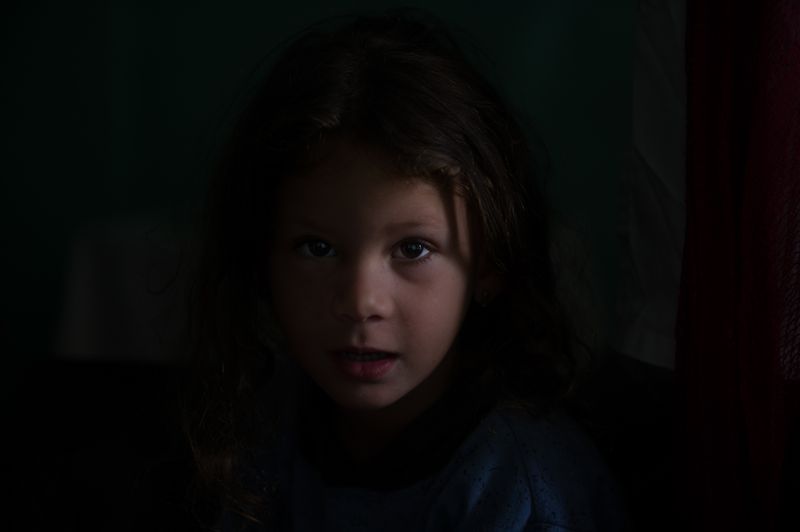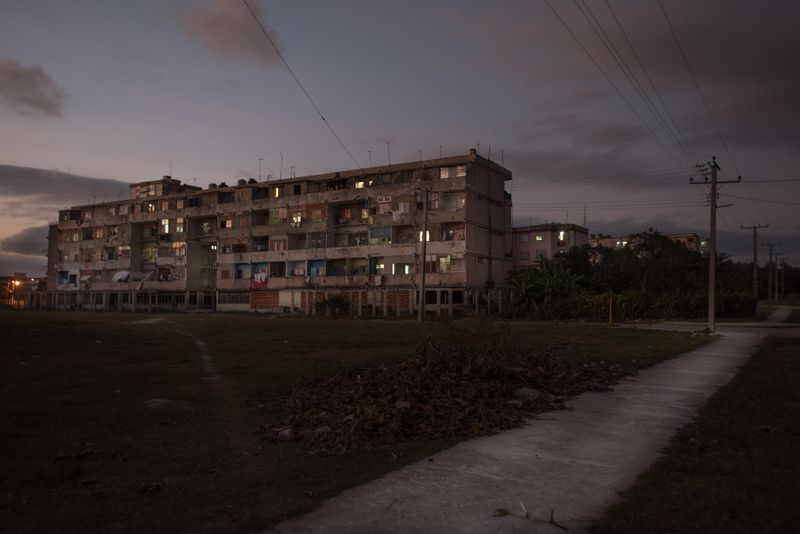La ciudad nuclear
-
Dates2017 - 2018
-
Author
- Topics Contemporary Issues
- Locations Cienfuegos, Cuba
In 1982 Cuba began its nuclear project with Soviet Union that gave money and know how for develop it. They started on build its first Nuclear Central, Juragua, close to Cienfuegos. Born La Ciudad Nuclear. After the collapse of SU still remain La Ciudad and most of the people worked in.
Cuba from an energy point of view has always been dependent on other countries, since it does not have any kind of mineral or oil resources to exploit in this sense. The idea of providing the island with nuclear power stations in order to achieve energy independence dates back to the seventies and officially the first works for the construction of a major power plant are in 1982 when work began on the construction of the nuclear power plant. Juragua located in the province of Cienfuegos about 300 kilometers southeast of Havana.
Around Juragua (9 km from the central) was built a real city with about 4,200 housing, called precisely Ciudad Nuclear, which housed all those who worked or worked around the construction of the plant together with their families. The plant had been studied in 4 reactors (later reduced to 2) of Soviet design. Fidel Castro Díaz-Balart, also called "Fidelito" for his strong resemblance to his father, a nuclear physicist who had studied in the former Soviet Union, was placed in charge of Cuba's national nuclear program from 1980 to 1992. Fidelito, who followed the construction of the Juragua plant died suicidal on February 2, 2018.
The plant raised strong concerns in the United States at the time, to the point that the Wall Street Journal called the Juragua plant a "A Cernobyl in the Caribbean".
After the dissolution of the Soviet Union, funding was lost, the so-called período especial was opened in Cuba and, also because of the international embargo, the country went through one of the most dramatic periods in its history. The construction was interrupted in 1992 due to lack of funds: one of the two 440 megawatt reactors was completed at 80 percent, while work on the second reactor remained at 20-30 percent. Fidel Castro himself announced the "indefinite postponement" of what Havana had baptized the obra of the initials in a speech for the "Day of Cuban science" published by the "Granma", the organ of the Central Committee of the Cuban Communist Party.
Meanwhile in Ciudad Nuclear, one lives in the memory of what was and could have been. Many scientists, although highly specialized, found themselves without a job. Some have had the opportunity to teach physics or mathematics in the Polytechnic in the city. Others unfortunately are unemployed and live in precarious and crumbling conditions. Those who work will move to Cienfuegos. However it is not a dead city. The market in the center sells chickens and fresh vegetables, clothes, shoes, bottles of rum. Two small ovens make pizza with Cuban flavors. The community has a bank, a primary school, a pharmacy, a polytechnic, a playground and a clinic. Between half-built houses, unfinished concrete towers continue to live a few hundred Cubans and a small lack of Russians who still call the Ciudad Nuclear, home.
